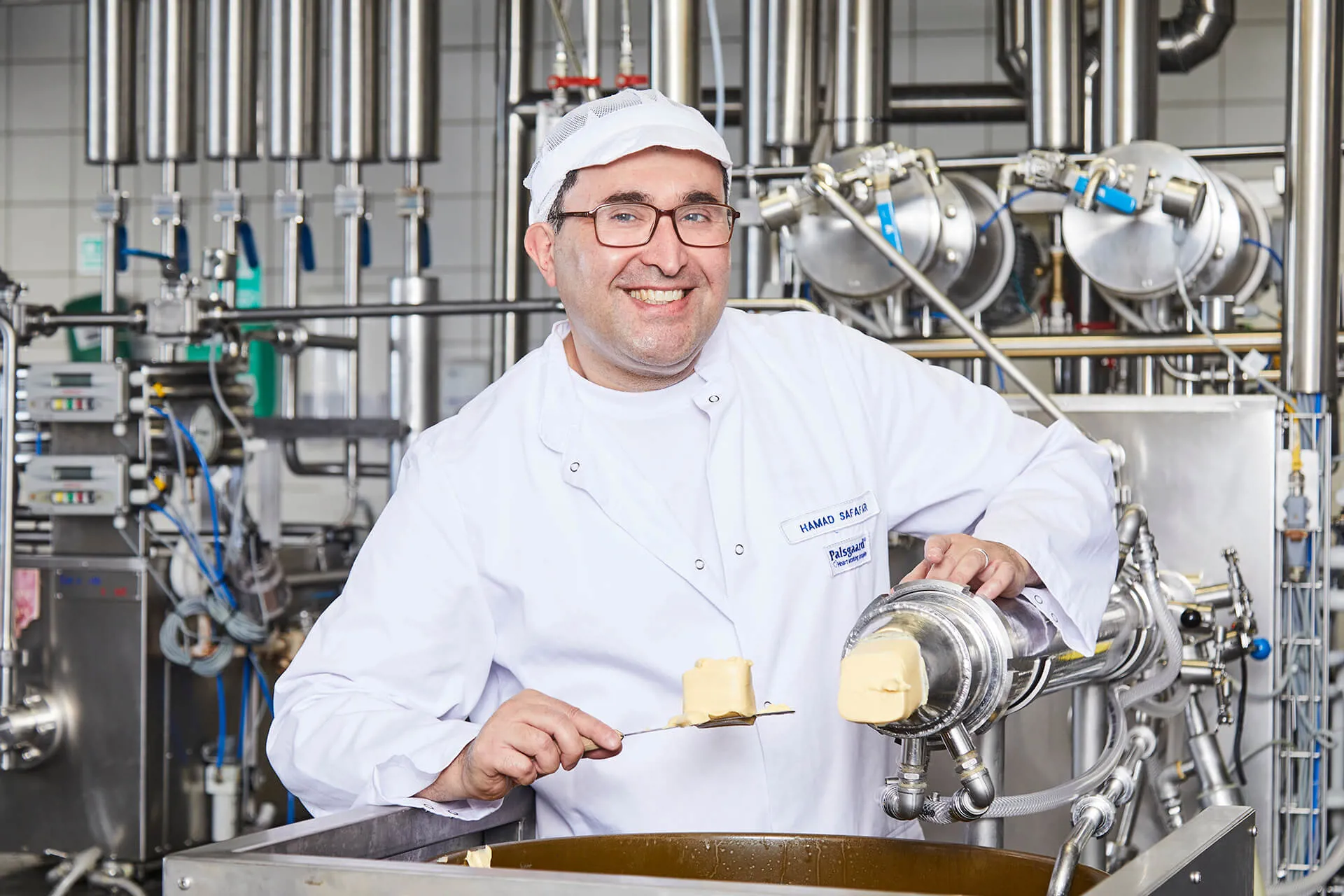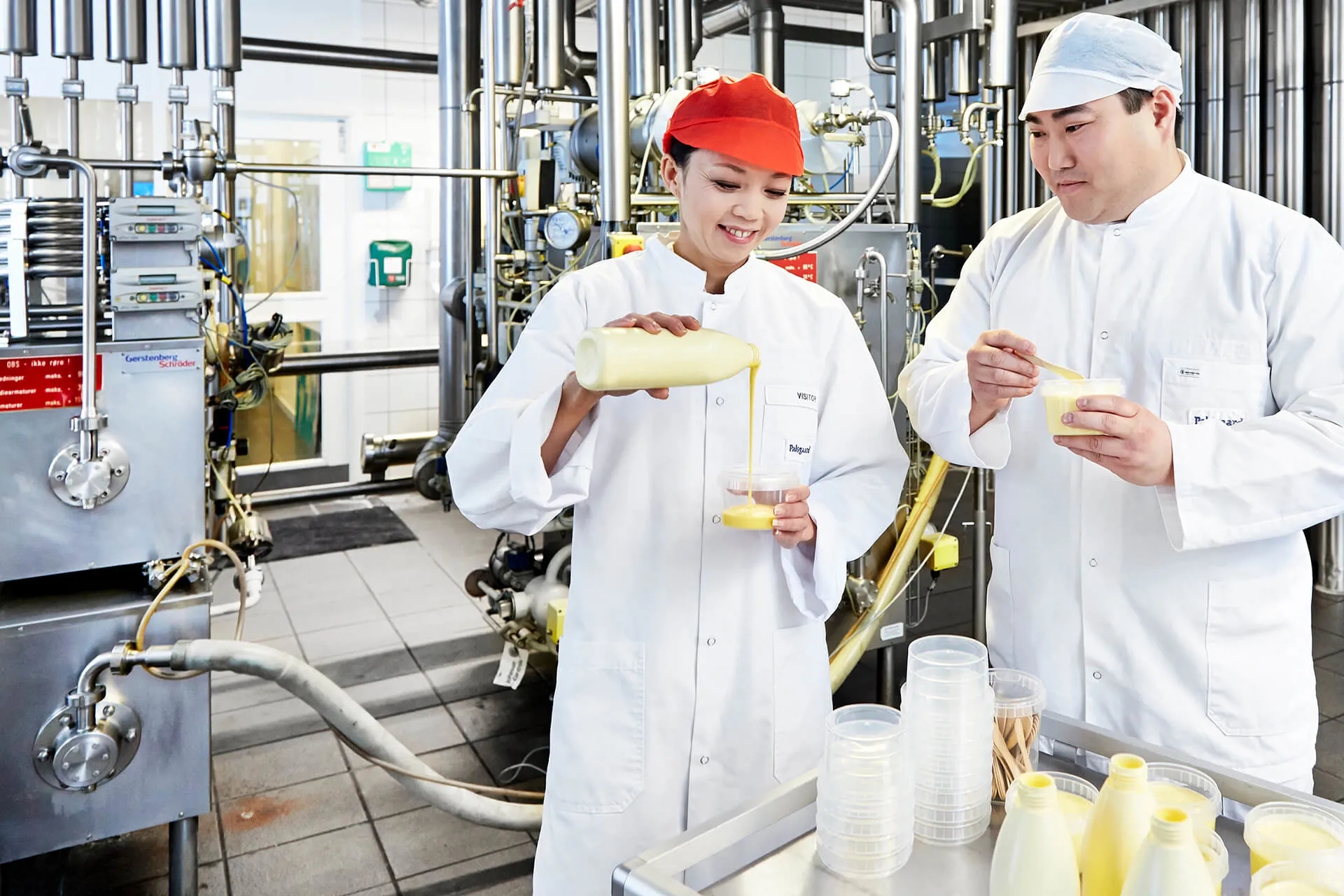
TECHNICAL ARTICLE
TECHNICAL ARTICLE
Discover the fascinating world of frying margarine and the intricate balance required to achieve optimal spattering performance. In this in-depth exploration, we delve into the complexities that can transform a kitchen essential into a culinary tyrant, leaving a trail of chaos and cleanup. At the heart of this technical journey lies a critical factor: the interplay between ingredients, emulsifier systems, and processing methods. Join us as we unravel the secrets behind the ‘Category 5’ frying margarine and unveil a groundbreaking solution engine that paves the way for controlled spattering, enhanced functionality, and unparalleled culinary experiences.
